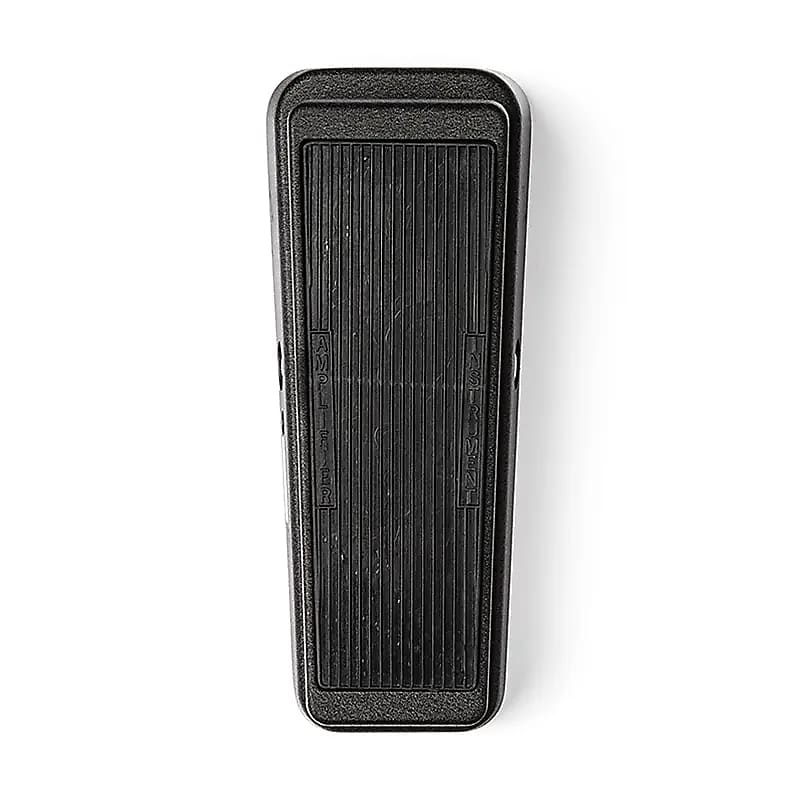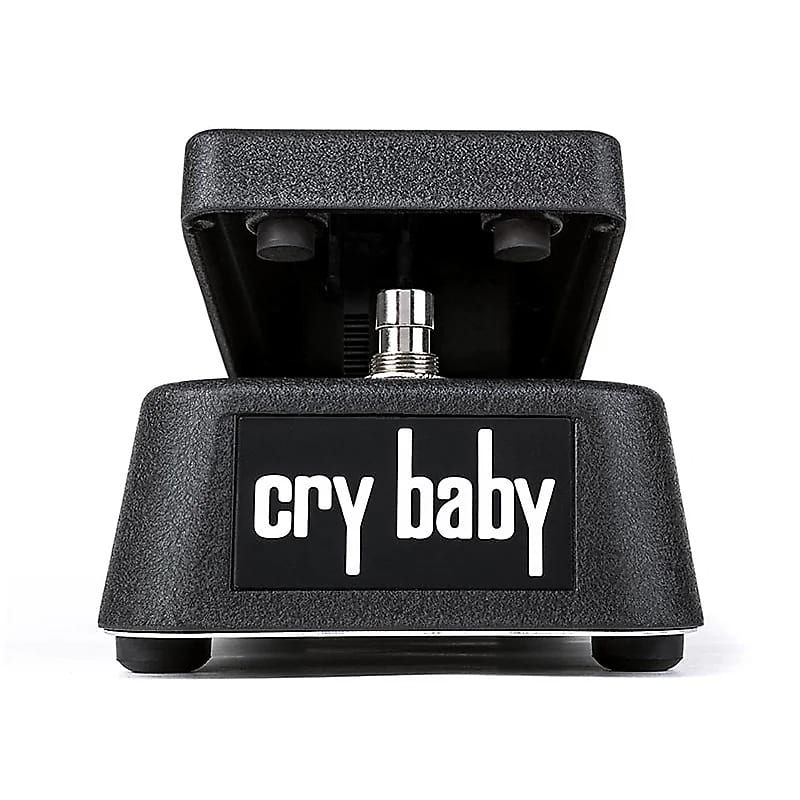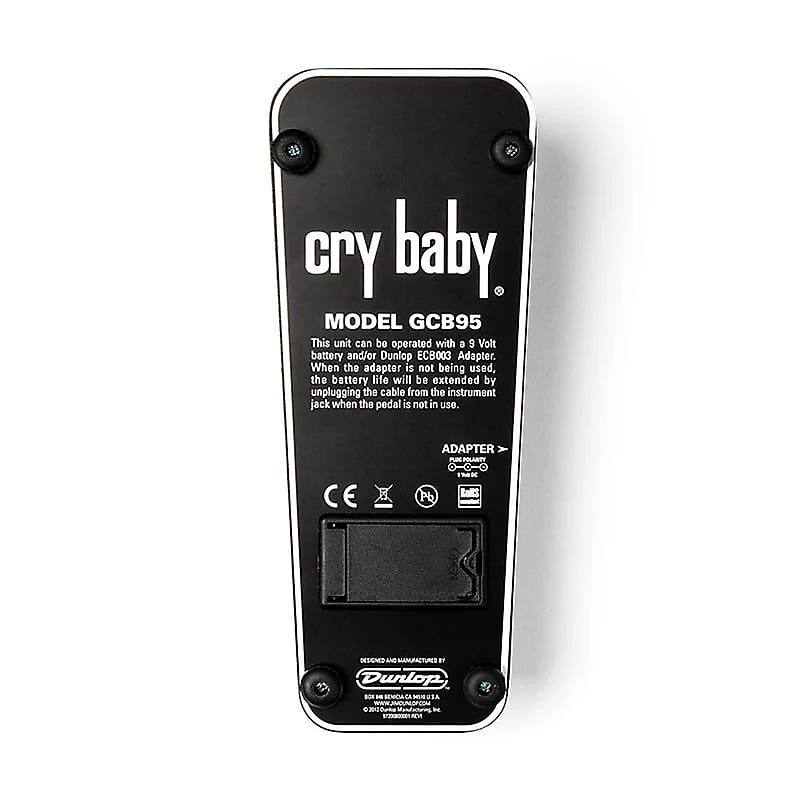
Own one like this?
Make room for new gear in minutes.Compare 0 Listings
Product Details
Gallery




Product Specs
| Brand | |||||
| Model |
| ||||
| Finish |
| ||||
| Year |
| ||||
| Made In |
| ||||
| Categories | |||||
| Pedal Format |
| ||||
Overview
Video
Price Guide
*Excludes Brand New, B Stock, Fair, Poor, and Non-functioning. Prices exclude shipping and tax/VAT/GST.
Product Reviews
More Information
When most people try to imitate a guitar with their voice, it usually ends up having a "wah" sound in there somewhere, whether it's "bow chicka bowwow" or "skwaaaahhdle uh skwaaahhdle uh skwaahhdle uh swkwaahhdle uh skwaaah skwaah" (Slash's ramp up to the second tier solo of "Sweet Child Of Mine"). The wah effect sticks with us because of its vocal character, removing the twangy resonsance that reminds us guitars are merely string and wood and fooling us into thinking they are our brethren. No pedal has carried that legacy further in recent times than the Dunlop Cry Baby Wah pedal.
Hey! Wah Happened?
The Cry Baby pedal was initially produced collaboratively by Thomas Organ and Vox back in the '60s, but they neglected to copyright the name. Dunlop officially began producing the Cry Baby with near exact specs in 1982, and they continue to be the model's torchbearer. Today, there are no less than seventeen iterations of the Cry Baby, including signature models and reissues. It is a pedal that has had a place on nearly every bedroom, studio and pro stage pedalboard at some point. The Dunlop Cry Baby is one of those rare pedals we'd argue you have a mandate to explore as an electric guitarist.
How Does It Work?
Wah pedals use a filter to sweep across the frequencies and highlight different peak responses as you tilt the pedal, creating an effect similar to using a plunger mute on a brass instrument. Wah pedals are usually placed at the start of signal chains as they have been known to create noise or tone issues because of their single-pole switches and differing impedance levels, though some versions now include true bypass. It is an interactive effect that requires you to develop a new skill: strategically moving your foot on the pedal while playing. If you listen to some of the best examples - Slash, Hendrix or Vai solos - you can hear that there's an art to lining up tone shifts with phrasing.
Funk, Emotion and Sensuality
Getting a decent wah pedal can actually be a catalyst for improving other aspects of your playing. Diving into some classic funk comping with the wah will boost your right hand precision (think of the theme from Shaft). Palm muting and using the wah to accent certain chopped rhythms is not only fun but gets you to think about rhythm and accents without worrying about melody or fingering.
Play a tune in a minor key, stomp on the Cry Baby for the solo and you can really milk the crying part of the effect, imparting your playing with a sadness that would be hard to achieve otherwise. Combine slow wah sweeps with pre-bends or whole-step or more bends and you can make your guitar sound like it's just lost a close friend.
If you really milk the the tone sweep using the pentatonic scale over a sexy chord progression, you can raise the eyebrows of most people in your audience, a trick used on countless film soundtracks of a certain genre. For a more exotic way of getting sensual tones out of your guitar, listen to Steve Vai's track "Windows To The Soul" and note how he blends bends and whammy bar dives with the wah to get a very human, desperate pleading out of his guitar.
The Wide World of Wah
Searching for a Cry Baby can make your head spin. Discounting all the signature models, you still have to decide between the original GCB-95 model and all the modified models Dunlop has released in recent decades. To give a quick primer, the GCB-95F uses a Fasel inductor and features true bypass; the 95Q is switchless and has a knob to control the intensity of the wah sweep, as well as a volume boost; the 535Q also has an intensity control knob with six separate sweep ranges, a volume boost and a sustain function. If you want a simple, reliable baseline to start form, you can't go wrong with the Dunlop Cry Baby GCB-95.


